Iron "corsair" or "Nüremberg" chest Germany 17th/18th century Large iron chest with riveted protection bars and side pull handles, a large shield on the front. It opens from the top by means of a double key lock, on the front - the latter being a decoy - and on the lid, the latter enclosing an impressive lock over its entire inner surface. Two lugs allow the addition of a bar and two locks. This type of safe is the ancestor of our modern safes. However, it is designed to be transportable, with its two handles. The double-headed eagle that adorns the front is a heraldic emblem that tells us about the purpose of this safe. It holds in its talons a hand of justice and a sword, a reminder of the regal functions of the Holy Roman Empire. The double-headed eagle is found on coins and on the coats of arms of certain cities or regions (Franche-Comté) that have pledged allegiance to the Emperor, heir to the Rome of the Caesars and to the western half of their empire (the other half is ruled by the Basileus, who reigned in Byzantium-Constantinople until his fall in 1453: Kiev, then Moscow, took over this heritage, becoming "the third Rome", and keeping the Roman Eagle, which had become two-headed since Constantine's division). The closed crown, sign of the Empire, should be on the eagle's head, which may be due to an alteration, but more likely to the ironworker's desire not to multiply the embellishments on a piece intended above all to receive and parry blows, during travel or attacks. The art of ironwork was of prime importance in medieval and modern Europe. Although it was not as precious as gold -rare-, silver or bronze, it underpinned the small but essential industries of the time: it was used to make the irons that powered mills, cartwheels and all the moving and reinforcing parts of buildings. It is omnipresent in defense and attack: chain mail, helmets, armor, swords, arrowheads, spearheads, knives... Its work, which has to do with fire, is a bit like magic, and craftsmen have all their secrets. The creation of a chest like ours is even more complex: in addition to the beating of the metal, which is difficult to produce without a rolling mill, and the size of the pieces, all of which are handled "by hand" above the forge, it required the intervention of a skilled locksmith, or even a clockwork engineer, to design the machinery of the multi-penetration lock. The free city of Nüremberg (in Bavaria) had made a specialty of mechanical craftsmanship, from automata to toys, and developed trade links throughout Europe and the New World from the 16th century onwards. Traditionally, these chests could be taken on board ships, and fixed to the floor in the commander's room, where he deposited his belongings, papers and navigational instruments, or... his treasure. Perhaps the Chevalier de Haddocque's "La Licorne" was equipped with a similar chest?
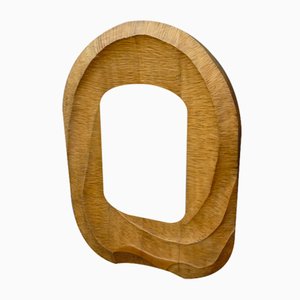



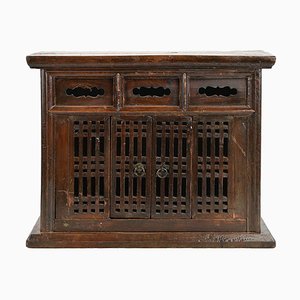
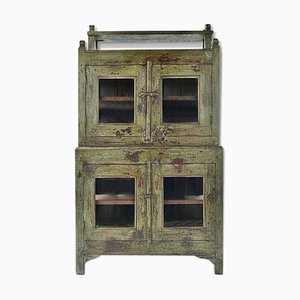
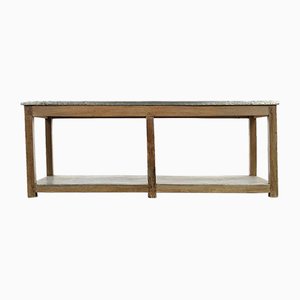
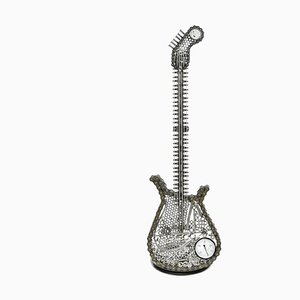
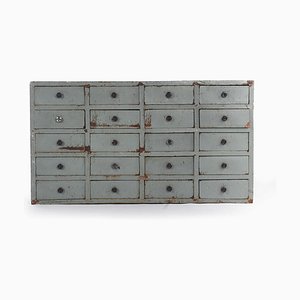
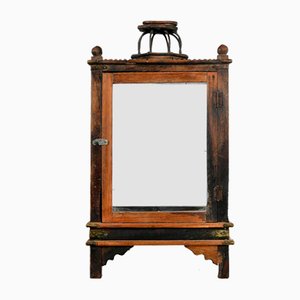
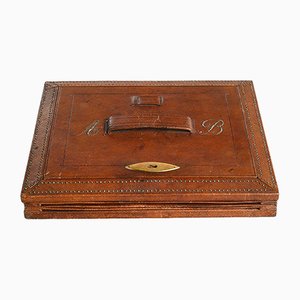
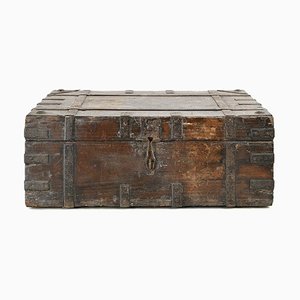
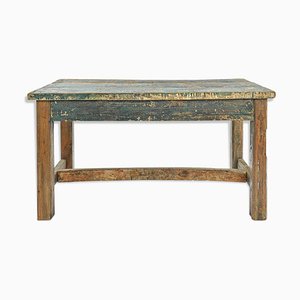
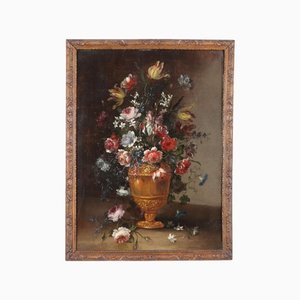
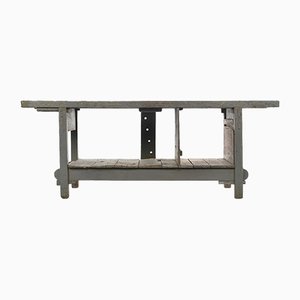
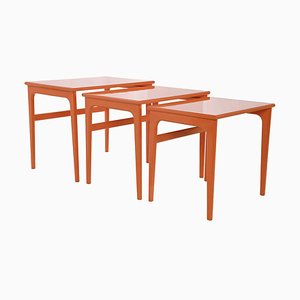
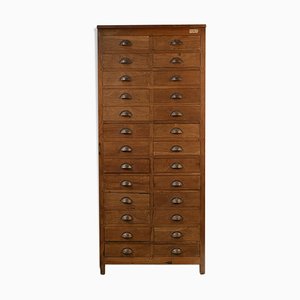
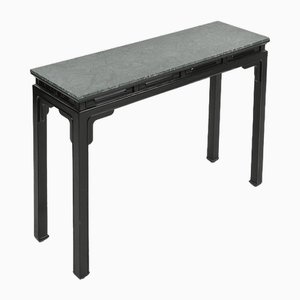

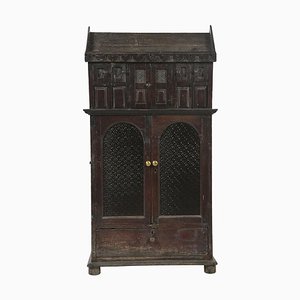
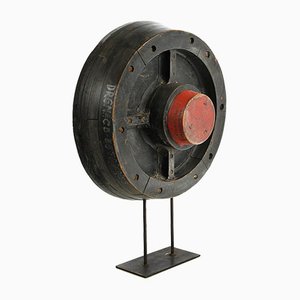

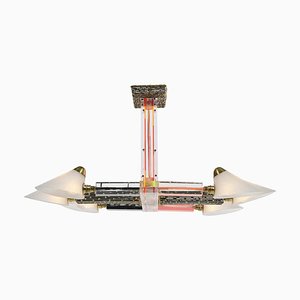

Get in Touch
Make An Offer
We noticed you are new to Pamono!
Please accept the Terms & Conditions and Privacy Policy
Get in Touch
Make An Offer
Almost There!
To follow your conversation on the platform, please complete the registration. To proceed with your offer on the platform, please complete the registration.Successful
Thanks for your inquiry, someone from our team will be in touch shortly
If you are a Design Professional, please apply here to get the benefits of the Pamono Trade Program